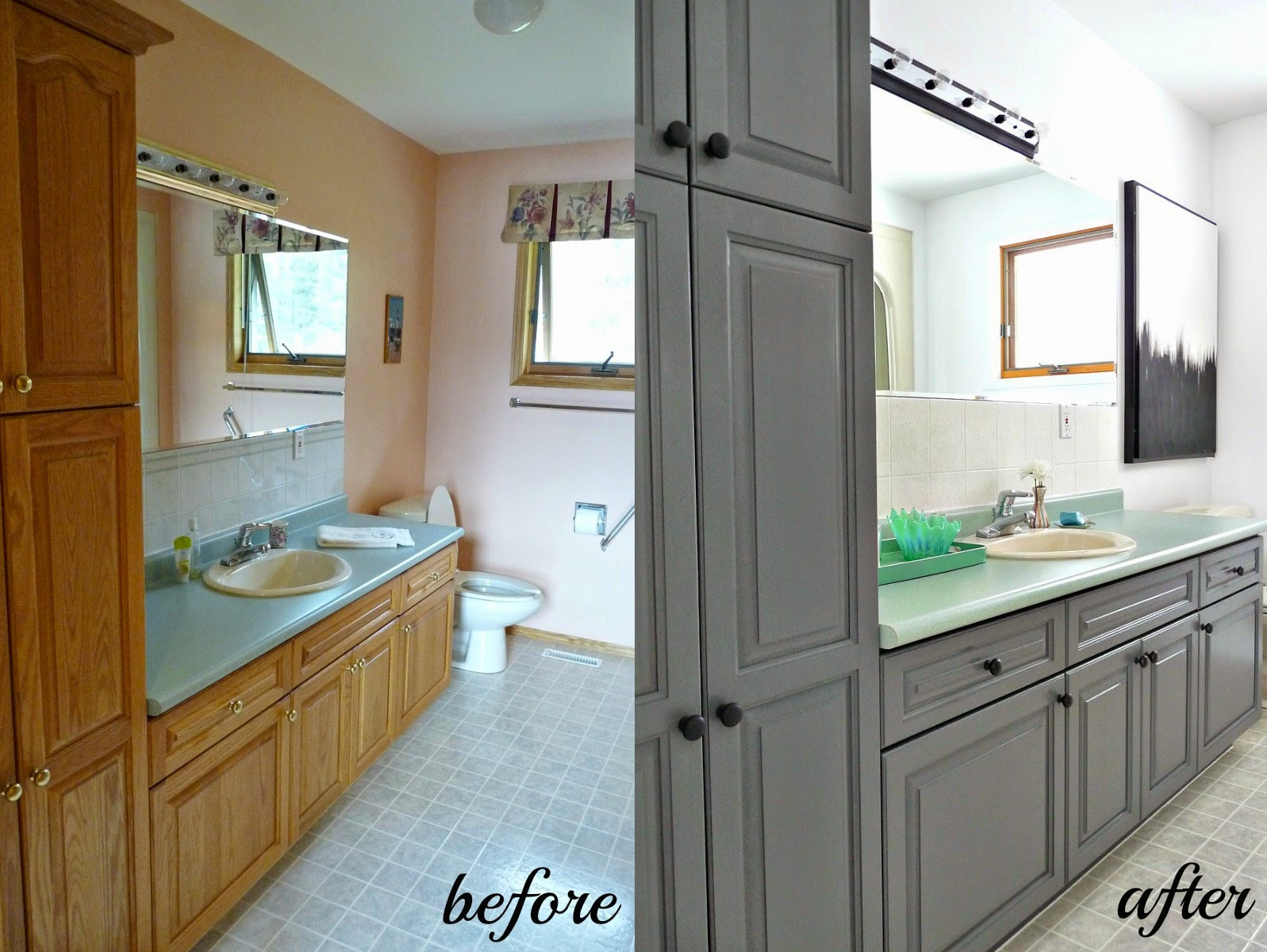Preparing Your Bathroom Cabinets: How To Refinish Bathroom Cabinets With Stain

Right, so you’re thinking about giving your bathroom cabinets a makeover? That’s sick! But before you start slapping on the stain, you need to prep those cabinets like they’re about to walk the runway.
Think of it like this: a smooth, clean surface is like a fresh canvas, ready to soak up that gorgeous stain. You want your cabinets to look slick and professional, not like a dodgy DIY job, right?
Removing Old Finishes
So, first things first, you need to get rid of any old paint, varnish, or sealant that’s hanging around. This will make sure the stain can properly penetrate the wood and give you a nice even finish.
Here’s the lowdown on how to strip those old finishes:
- Chemical Strippers: These are your heavy-duty weapons. They’re great for getting rid of stubborn paint or varnish, but they can be a bit harsh. Always wear gloves and a mask when using them, and make sure you work in a well-ventilated area.
- Heat Gun: This is a good option for removing old paint, but be careful! The heat can damage the wood if you’re not careful. Use a scraper to remove the paint once it’s softened.
- Sanding: If you’re dealing with a thinner layer of paint or varnish, sanding might be enough. Just make sure you wear a mask and eye protection, and use a dust mask to protect yourself from the dust.
Sanding Your Cabinets, How to refinish bathroom cabinets with stain
Once you’ve got rid of the old finish, it’s time to sand those cabinets down. This will create a smooth surface that will help the stain to adhere properly.
- Start with a coarse grit sandpaper: This will remove any rough spots and imperfections. You can use 80-grit sandpaper for this step.
- Move to a finer grit sandpaper: Once you’ve got rid of the major imperfections, you can use a finer grit sandpaper to smooth out the surface. 120-grit or 150-grit sandpaper is good for this.
- Finish with a very fine grit sandpaper: This will create a super smooth surface that will help the stain to go on evenly. You can use 220-grit or 400-grit sandpaper for this final step.
Remember: Sanding is all about creating a smooth, even surface. Don’t worry if you don’t get it perfectly smooth the first time around. You can always go back and sand some more.
